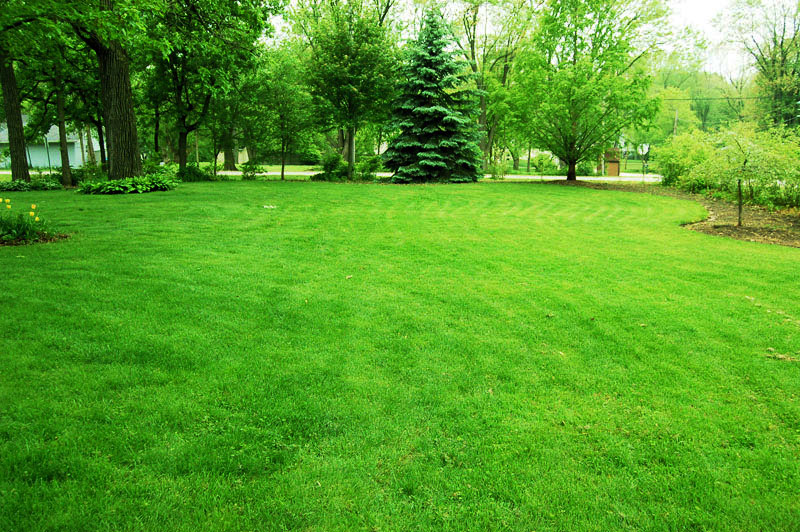Salt Damage
Salt used for deicing walks and roads in winter can cause damage to plants. To prevent salt damage, do not plant trees and shrubs in highly salted areas. Avoid areas where salty runoff collects or where salt spray is occurs, or if you are going to use salt tolerant plants (Street Trees)
Animal Damage
Mice, rabbits (rodents), and deer can all cause severe damage to plants in the winter. These animals feed on the delicate twigs, bark, and foliage of landscape plants during the colder months. They can damage trees and shrubs and eat shrubs to the ground line. Deer can cause significant injury and breakage by rubbing their antlers on trees during the fall. During the design process you usually want to think about planting something that is deer resistant if you know you have this problem. You can also buy many repellents at your local hardware store. Be sure to read the instructions before using.
Snow and Ice Damage
Heavy snow and ice storms cause damage by bending and breaking branches. Multiple leader, upright evergreens, such as arborvitae and juniper, and multiple leader or clump trees, such as birch, are most likely to have problems with snow and ice damage. Prune in the fall, to eliminate multiple leaders and weak branches. This will reduce snow and ice damage. For trees with large wide-spreading leaders or large multi-stemmed trees, such as arborvitae and juniper you can simply go outside yourself and brush the heavy snow off the plant. This will save you a lot of work come spring.


